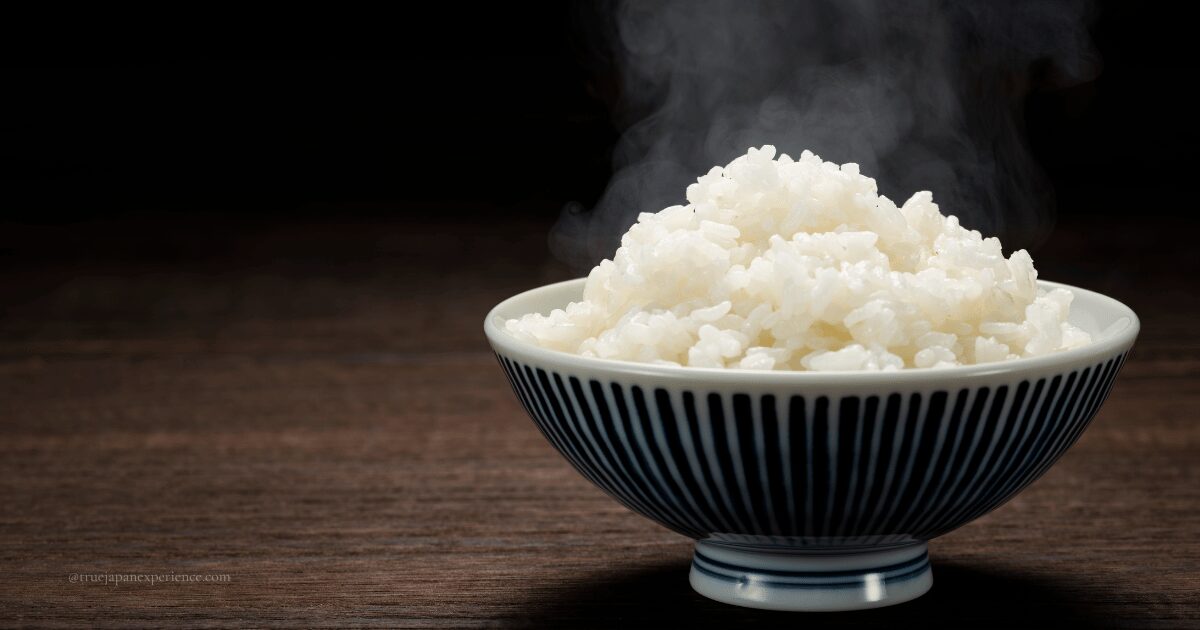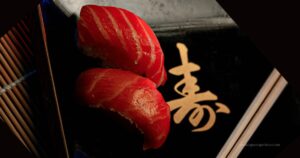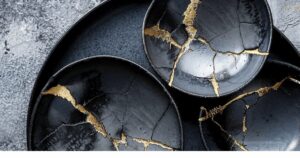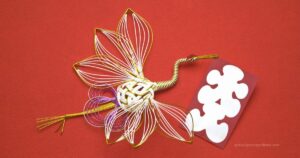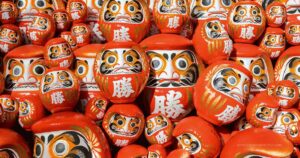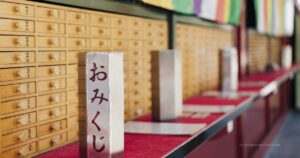Japanese rice dishes are a big part of what makes Japan so special—right up there with the beautiful seasons and rich traditions.
But did you know that rice in Japan means a lot more than just plain white rice on the side?
From colorful sushi to everyday rice bowls, and even healthy brown rice meals, Japan has a wide variety of rice dishes you won’t find anywhere else.
In this article, you’ll discover some of the most unique and delicious Japanese rice dishes—from hidden local favorites to wellness-friendly options loved by health-conscious travelers.
Whether it’s your first visit or you’re a seasoned fan of Japanese food, there’s a lot to explore in the world of rice.
Sushi: More Than Just Nigiri

Sushi is the most famous Japanese rice dish around the world.
Most people think of nigiri-zushi—a small ball of vinegared rice topped with raw fish.
But sushi in Japan comes in many styles.
There’s pressed sushi from Osaka, colorful chirashi-zushi for celebrations, and sweet inari-zushi in tofu pockets.
Each type has its own history, shape, and taste.
Sushi isn’t just one dish—it’s a whole world.
👉 Want to explore all the styles of sushi in Japan?
Check out our full guide: Types of Sushi and Their Meaning
Unique Japanese Rice Dishes You Can Only Find in Japan
In Japan, rice is the main part of traditional meals. These days, many families eat bread for breakfast, but rice is still the main food for lunch and dinner in many homes.
For a long time, rice has been at the center of Japanese food culture. It’s more than just food—it’s comfort, tradition, and part of daily life.
It also appears during festivals and family events. In recent years, more people have started enjoying healthier Japanese rice dishes, such as brown rice or mixed grains.
So, what kind of rice dishes do Japanese people enjoy?
Let’s take a look!
Onigiri (Rice Balls)

Onigiri is one of the most loved rice foods in Japan.
It’s simple, tasty, and easy to take with you.
Each rice ball is shaped by hand and filled with something salty or savory. Popular fillings include salmon mayo, pickled plum, and tuna mayo. Most onigiri are wrapped in seaweed (nori), which makes them easy to hold and eat.
You can find onigiri in convenience stores, train stations, and homemade lunch boxes.
It’s perfect for a snack, a picnic, or a quick meal on the go.
👉 Want to learn more about this tasty rice ball?
Check out our full guide:
Onigiri: The Iconic Japanese Rice Ball Loved for Its Simplicity and Flavor
Takikomi Gohan (Mixed Rice)

Takikomi gohan is a traditional Japanese rice dish made by cooking rice together with vegetables, meat, fish, and seasonings. The flavors soak into the rice while it cooks, making it rich, warm, and full of umami.
This dish changes with the seasons and the region. Every family has their own way of making it. Once you know the basics, you can enjoy many variations.
Popular types of takikomi gohan include:
・Gomoku Gohan – A classic mix of rice with mushrooms, carrots, burdock root, chicken, and tofu.
・Chicken and Burdock Rice – A hearty local dish from Kyushu using chicken and burdock root.
・Matsutake Mushroom Rice – A special autumn version made with fragrant matsutake mushrooms.
・Chestnut or Sweet Potato Rice – Sweet, seasonal rice dishes perfect for fall.
・Clam, Octopus, or Salmon Rice – Rice cooked with seafood for a deep, ocean-rich flavor.
Takikomi gohan is not only delicious but also a wonderful way to enjoy the taste of Japan’s four seasons.
Donburi (Rice Bowls)

Donburi is a popular Japanese rice dish where toppings are placed on a bowl of rice. It’s simple, fast, and filling—perfect for busy days.
The first donburi is said to be unagi-don, a bowl of rice with grilled eel, made in the early 1800s.
Later, new styles like gyu-don (beef bowl), oya-ko-don (chicken and egg), and katsu-don (pork cutlet) were created during the Meiji and Taisho periods.
Today, there are many kinds, including creative and international-style donburi.
Donburi dishes are easy to eat, use many kinds of ingredients like meat, fish, egg, and vegetables, and reflect local traditions and flavors from across Japan.
Some people even see donburi as a symbol of Japan’s rice culture.

Here are some popular types of donburi:
・Gyu-don – Sliced beef and onion cooked in sweet soy sauce, served over rice.
・Oya-ko-don – Chicken and egg simmered together and poured on rice.
・Katsu-don – Fried pork cutlet with egg on top of rice.
・Ten-don – Tempura (shrimp and vegetables) with sauce on rice.
・Kaisen-don – Fresh sashimi placed over a bowl of rice.
・Unagi-don – Grilled eel in sweet sauce served on white rice.
Donburi is still loved today and is even spreading worldwide under the name “DONBURI.”
Omurice

Omurice is a popular Japanese dish that mixes Western and Japanese styles. It’s made by wrapping ketchup-flavored fried rice in a soft, thin omelet.
The dish began in 1900 at a Western-style restaurant in Tokyo called Rengatei. They served a “rice omelet” made by frying rice with egg, meat, and onions.
In 1925, a restaurant in Osaka called Hokkyokusei created the now-famous version—fried rice wrapped in a fluffy egg. This is how omurice got its name and style.
Most omurice uses chicken rice—fried rice with chicken, onion, and sometimes green pepper, all flavored with ketchup.
The soft egg is placed on top or wrapped around the rice to make it warm and comforting.
Omurice is loved at home and in restaurants. Some versions use demi-glace sauce or white cream instead of ketchup for a different taste.
Omurice is a great example of how Japan takes something Western and makes it uniquely Japanese—and delicious.
Ochazuke

Ochazuke is a simple and traditional Japanese rice dish.
It’s made by pouring green tea, roasted tea, or soup broth over rice. People often add toppings like pickled plum, salted kelp, grilled salmon, seaweed, wasabi, or sesame seeds.
The idea of ochazuke started long ago, in the Heian period. At first, people just poured hot water over cold rice.
Later, in the Edo period, green tea became popular, and people began using it instead.
Busy workers in big cities like Edo (now Tokyo) enjoyed ochazuke as a quick and light meal. There were even small shops called chazuke-ya that served only ochazuke.
Today, ochazuke is still loved for its light taste and comfort. It’s easy to make, especially with instant ochazuke packets sold at supermarkets.
A fancy version is called tai chazuke, made with slices of fresh sea bream in a special sauce poured over rice, then topped with hot tea or broth.
Ochazuke is Japan’s “soul food.” It’s quick, warm, and perfect for a small meal, a busy morning, or the last bite after a party.
Tamago Kake Gohan

Tamago kake gohan is a simple but popular Japanese breakfast.
It’s made by cracking a raw egg over a bowl of hot white rice and adding a little soy sauce. The egg makes the rice soft and smooth, and the soy sauce gives it a rich flavor.
Some people also add toppings like green onions, seaweed, or bonito flakes. There are even special soy sauces made just for this dish.
It may look simple, but many Japanese people love it for its deep taste and comfort.
This dish has a long history.
It became popular in the Meiji era, but records of eating raw eggs go back even to the Edo period. After World War II, raw eggs became more common at home, and this meal became a part of daily life in Japan.
In most countries, eating raw eggs is not common because of safety concerns. There is a risk of getting sick from bacteria like salmonella.
But in Japan, eggs are cleaned, checked, and stored very carefully. That’s why people in Japan can enjoy raw eggs safely.
Important:
Do not try to make tamago kake gohan with regular eggs bought outside Japan.
In many countries, raw eggs are not safe to eat unless the label clearly says so.
If you want to try this dish, it’s best to do it in Japan.
Natto Gohan

Natto gohan is a traditional Japanese rice dish made by placing natto (fermented soybeans) on top of hot white rice.
It’s simple, healthy, and full of protein, vitamins, and fiber.
Natto has a long history in Japan.
People have been eating fermented soybeans since the Yayoi period, more than 2,000 years ago. In the Edo period, natto became common in everyday meals and soon became a popular choice for breakfast.
The taste and smell of natto are very unique.
It’s sticky and has a strong smell, but many people in Japan love it. Natto is usually mixed with soy sauce or mustard before placing it on rice.
Some people like to mix natto with rice before eating. Others prefer to eat a bite of rice and a bite of natto separately. Both ways are fine—it depends on your style.
There is no “correct” way—it depends on your style and taste. Some people also add toppings like green onions, raw egg, or seaweed to match their taste.
Natto gohan is one of Japan’s most unique and healthy rice dishes.
It may not be for everyone, but once you get used to the flavor, it can become part of your daily life too.
Healthy Japanese Rice Dishes with Brown Rice

In Japan, most people today eat white rice.
But long ago, brown rice was the main type of rice people ate.
Before the late Edo period, many people ate rice that was only partly polished, or not polished at all.
White rice became common only after better rice-milling technology was developed.
At that time, many people in cities like Edo started eating white rice, but it caused a health problem called beriberi, which comes from a lack of vitamin B1.
So in fact, brown rice and half-polished rice were the standard in Japanese history for a long time.
White rice became the new standard only in more recent times.
So, what is brown rice?
Brown rice (genmai) is rice that still has its outer layers—the bran and germ.
White rice is made by removing these parts and keeping only the white inside.
Because brown rice keeps its outer layers, it has more fiber, vitamins, and minerals.
It is especially rich in vitamin B, vitamin E, and magnesium.
However, brown rice is a bit harder to chew and takes longer to cook. Using a pressure cooker or a rice cooker with a “brown rice” mode makes it easier to eat.
Today, only 12.6% of people in Japan eat brown rice regularly.
But more health cafés and bento shops are offering brown rice meals.
If you want to enjoy Japanese rice dishes in a healthy and natural way, brown rice is a great choice.
Why Japanese Rice Dishes Are Worth Trying

Japanese rice dishes show the country’s love for rice in many forms.
From sushi and rice balls to healthy brown rice meals, each dish is full of flavor, culture, and tradition.
Whether you’re discovering something new or enjoying an old favorite, Japanese rice will leave you happy and satisfied.
Plan your food adventure in Japan—one rice dish at a time!
Want to learn more about traditional Japanese food and how rice fits into it?
Check out our guide to washoku, Japan’s traditional food culture:
👉 Washoku: A Cultural and Culinary Journey Through Traditional Japanese Food
